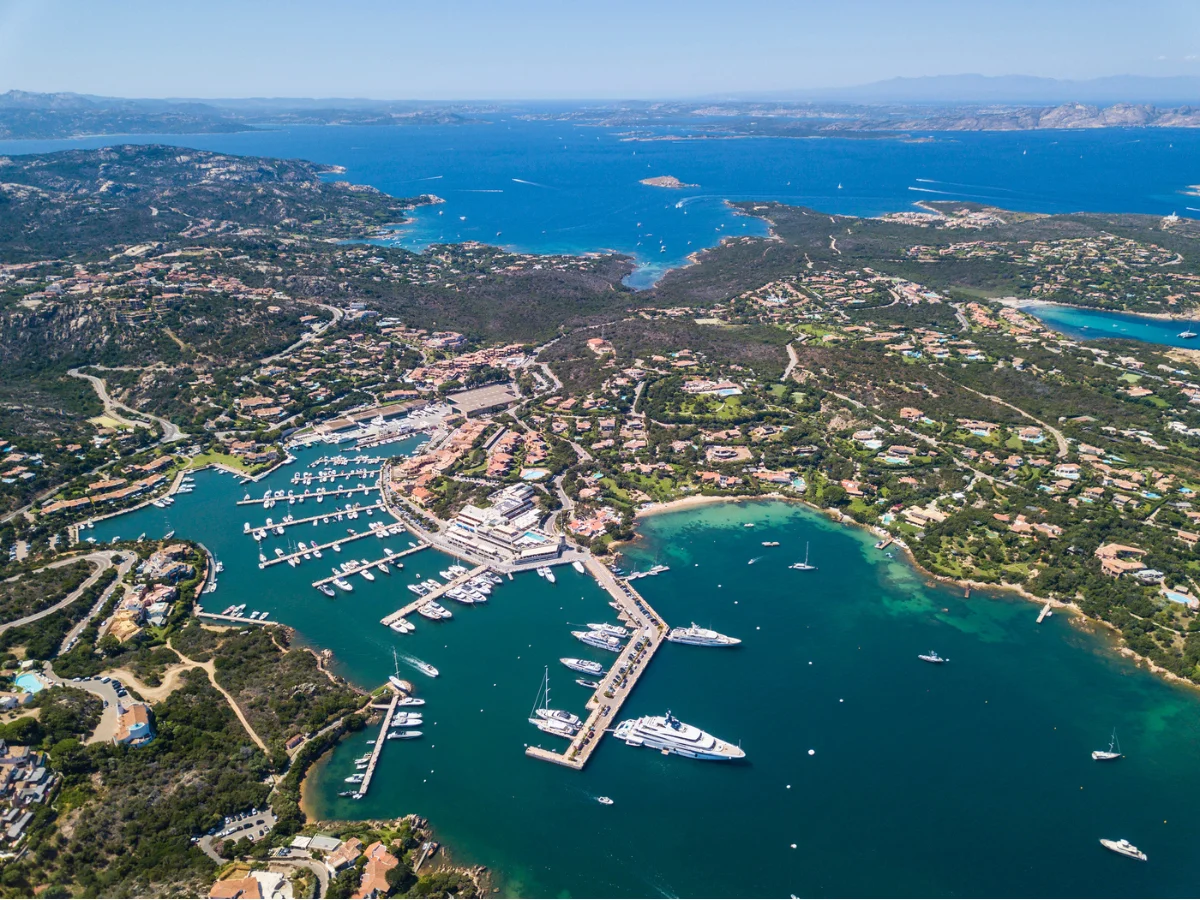Ancus Marcius was Rome's fourth king
Ancus Marcius was Rome’s fourth king. He was renowned for his construction projects and defensive measures. Transitioning to a republic, subsequent leaders continued his legacy. His infrastructure improvements, including roads and the first harbor, facilitated trade and communication. The Servian Wall, built for defense, symbolized Rome’s strength. Marcius’s diplomatic efforts expanded Rome’s territory. His reign’s legacy endured, shaping Rome’s future prosperity and security. As Rome evolved, Marcius’s contributions remained integral to its identity and history.

Ancus Marcius was Rome's fourth king in Rome
Ancus Marcius, the fourth king of Rome, emerged as a pivotal figure in the city-state’s early history. Reigning from approximately 672 to 617 BC, Marcius left an indelible mark through his military conquests, administrative reforms, and infrastructure projects.
Early Life and Ascension to the Throne
Born into the noble Marcii family, Ancus Marcius inherited a legacy of leadership and governance. His ascension to the throne followed the death of his predecessor, Tullus Hostilius, amidst the turbulence of Rome’s formative years. Marcius brought with him a vision of expansion and consolidation.
Military Campaigns and Conquest
Marcius embarked on ambitious military campaigns aimed at securing Rome’s borders and asserting its dominance in the surrounding regions. His conquests included the subjugation of the Latins, the establishment of the Ostian colony at the mouth of the Tiber, and the construction of the first bridge across the river.
Consolidation of Power and Governance
In addition to his military exploits, Marcius focused on consolidating power within Rome itself. He strengthened the position of the Senate, expanded the role of the priesthoods, and codified many of the city’s laws and customs. His efforts laid the groundwork for the republican institutions that would shape Rome’s future.
Infrastructure and Urban Development
Marcius was also a visionary in terms of urban development and infrastructure. He fortified the city with the construction of the Servian Wall, further securing Rome against external threats.
Harbor at Ostia
Ancus Marcius, a notable figure in Roman history, is celebrated for his pivotal role in establishing Rome’s first harbor at Ostia. His initiative facilitated Rome’s maritime trade, contributing significantly to its economic and military growth.
Cultural and Religious Contributions
Beyond his military and administrative achievements, Marcius made significant contributions to Rome’s cultural and religious landscape. He is credited with establishing several religious festivals and institutions, including the Temple of Janus, which symbolized Rome’s readiness for both war and peace.
Legacy and Impact
Ancus Marcius’s reign marked a turning point in Rome’s history, laying the foundation for its future greatness. His military conquests expanded the city’s territory, while his administrative reforms strengthened its internal governance. His infrastructure projects and cultural contributions left a lasting legacy that shaped the identity of the Roman state for centuries to come.
Conclusion
As the fourth king of Rome, Ancus Marcius played a pivotal role in shaping the destiny of the fledgling city-state. Through his military prowess, administrative acumen, and visionary leadership, Marcius left an indelible mark on Rome’s history, laying the groundwork for its rise to prominence in the ancient world.



